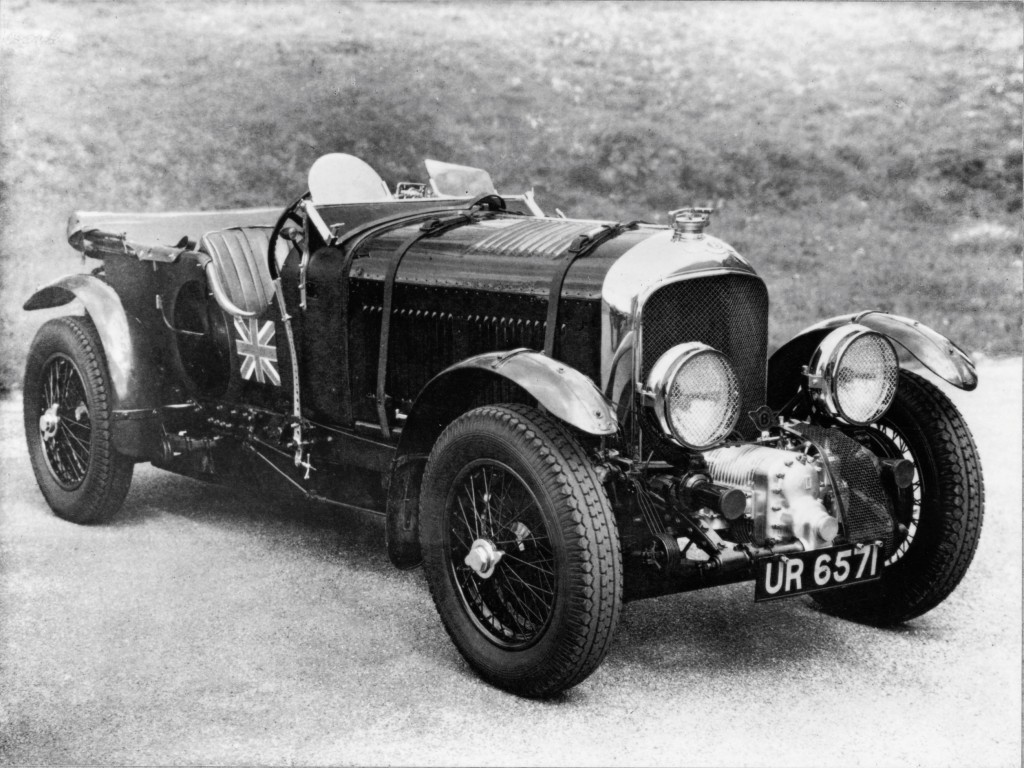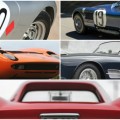Original Article – June 2015 – cheatsheet.com
There are few better tests of human and automotive endurance than the 24 Hours of Le Mans. Begun in 1923, few automotive events can match the prestige or the profile of the world’s oldest endurance race. Despite a brief hiatus around World War II (1940-1948), thousands of teams have flocked to the French countryside year after year to brave the stifling heat and sometimes pouring rain, and test the limits of man and machine. Throughout the race’s 92 year history, the sheer amount of stories, legends, and victories that surround that hallowed ground are almost too much to be condensed into a few short words.
But there are eras that can easily be examined. Audi is enjoying a particularly long dominant period that rivals Porsche’s best years from the ’70s through the ’90s. Before Porsche, Ford had taken the mantle from Ferrari, who had taken it from Jaguar. In between, there have been surprises, also rans, and outsiders who upset the status quo and changed the course of history in the process.
It’s nearly impossible to sift through the thousands of entries and make a definitive list of the greatest Le Mans racers of all time, but we’ve come up with a few that stand out more than most. Here are 10 cars (in chronological order) that made history at Le Mans.
10. Audi R18
No other manufacturer has dominated the race in modern years like Audi, which has notched all 13 of its victories since 2000, and is well on its way to overtaking Porsche’s record of 16 victories. Already one of the most successful cars in Le Mans history, the R18 debuted in 2011 and has won every race since. In its current iteration as the e-tron quattro, the R18 uses a turbocharged 4.0 liter V6 diesel hybrid engine and Audi’s legendary all-wheel drive system to deliver 550 horsepower to all four wheels. As Audi tries for its fifth straight victory with the R18, Nissan’s radical front engined GT-R LM Nismo could put up enough of a fight to ensure the 2015 race is anything but a foregone conclusion.
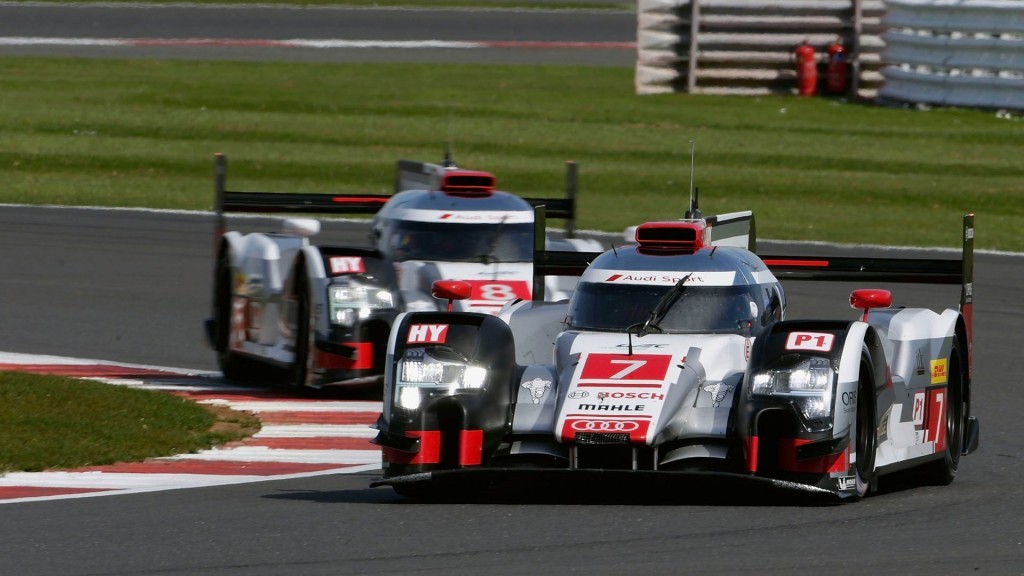
9. 2003 Bentley Speed 8
In 2003, Audi skipped Le Mans to focus on building the R8, leaving the field to its Volkswagen AG stablemate Bentley. The Speed 8 marked Bentley’s official return to racing after a 73 year absence, and its name was meant to evoke the classic Speed Six racers of the 1920s. While Bentley’s 2003 Le Mans victory was a seen as a major coup for the brand, Audi had its fingerprints all over the Speed 8. Underneath the redesigned bodywork the Speed 8 was little more than a refreshed Audi R8C, right down to its 4.0 liter turbocharged Audi V8. Audi may officially have 13 victories under its belt, but with its assistance on the Speed 8, it might as well be 14.
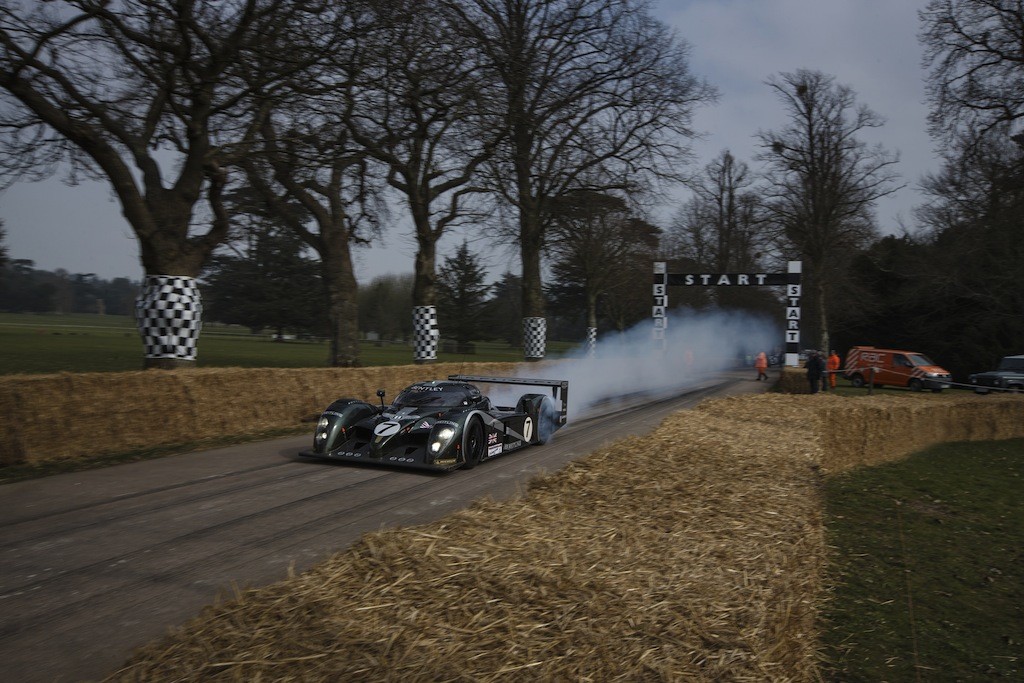
8. 1995 McLaren F1 GTR
The McLaren F1 is arguably the greatest supercar of all time, and while it was the first road car from the legendary racing manufacturer McLaren, ironically it was never intended to go racing. Eventually, pressure from customers and racing teams led to the development of the race-focused F1 GTR, and by 1995, McLaren decided to take its road car racing.
F1 GTRs stormed the 1995 Le Mans, winning overall and taking third, fourth, fifth and 13th place. In 1996, McLaren fell to Porsche’s one-two-three finish, but still had five F1s finish in the top 10. In 1997, the F1’s final year of production (and McLaren’s last Le Mans), the car was given a new set of aerodynamic upgrades, and stretched bodywork behind the rear wheels, becoming known as the “Long Tail” F1s. Long Tails finished second and third overall behind Porsche.
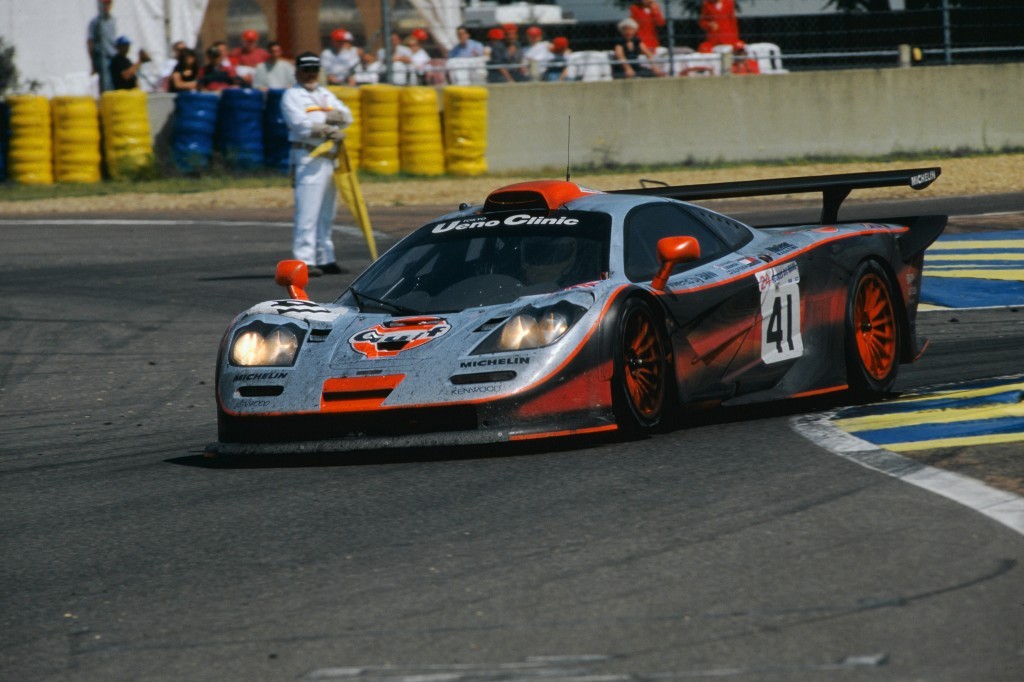
7. 1991 Mazda 787B
As the only Japanese manufacturer to win at Le Mans, Mazda’s 787B is one of the true icons of the race’s history, as well as one of the biggest underdogs to ever take the checkered flag. Starting in the middle of the pack, the 787B’s unconventional rotary engine turned out to be both more reliable and fuel efficient than its competitors, which cut down on pit stops and repairs, allowing it to reach the top of the pack early and eventually overtake 1990 winner Jaguar for the victory. On top of fielding the only winner powered by a rotary engine, Mazda’s retirement from Le Mans immediately after its victory has only helped to grow the 787B’s legend.
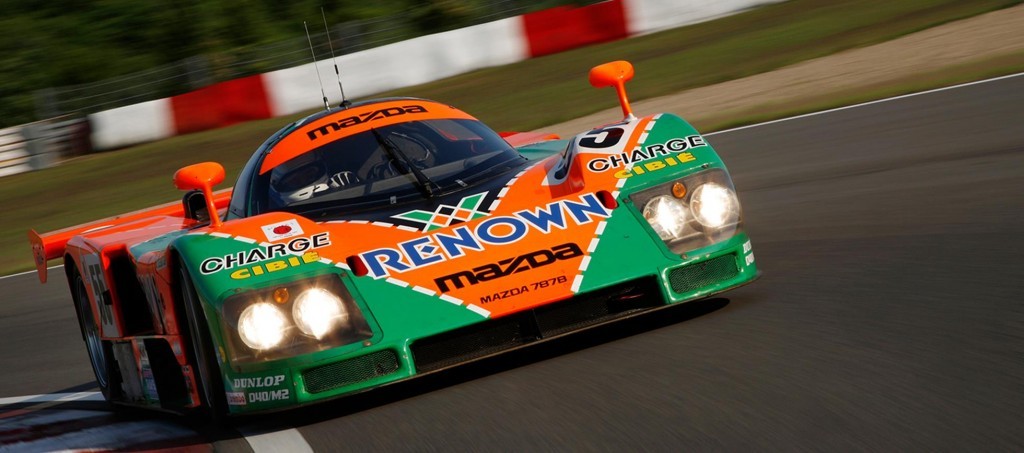
6. BMW M1
BMW last won at Le Mans in 1999 with its V12 LMR, but that car will forever be overshadowed by its 1979 entry, the M1 Group 4 racer. Not only is the mid-engined M1 one of the greatest cars BMW has ever built, its Le Mans entry was hand painted by pop art icon Andy Warhol. The car came in second in its class, and finished sixth overall, but it’s one of the few cars in the world that’s welcome on both the race track and in art galleries.
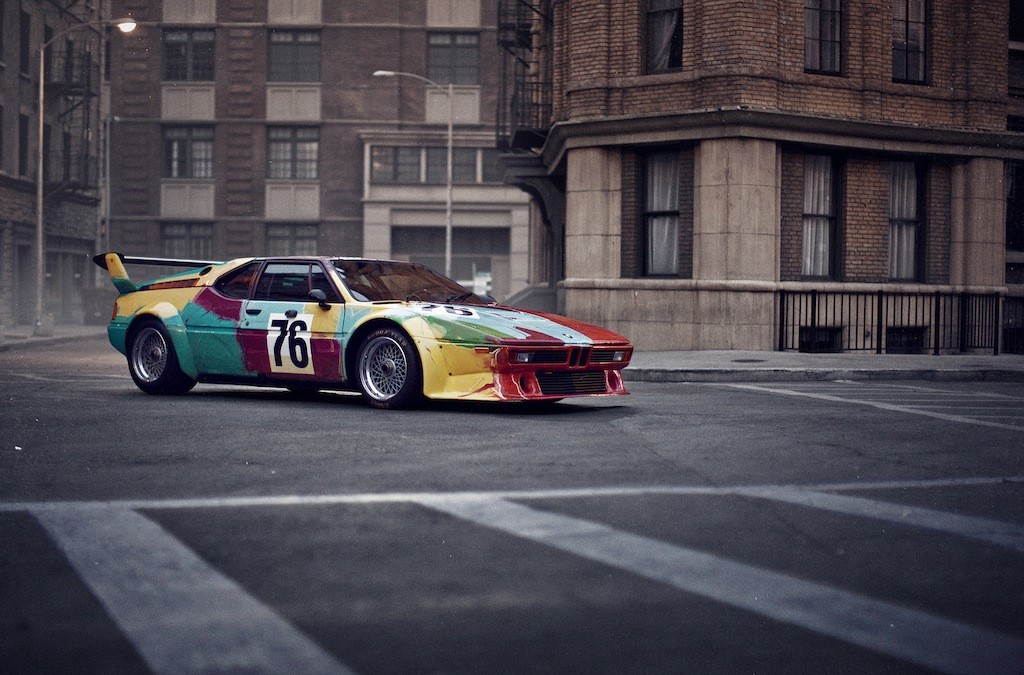
5. Porsche 917
While Audi is on a historic hot streak today, Le Mans had never seen a manufacturer dominate the race quite like Porsche, who racked up 16 victories between 1970 and 1998. Designed under recently-ousted Volkswagen AG chairman Ferdinand Piëch, Porsche was still a struggling sports car builder when the 917 debuted in 1969. After back-to-back victories in Le Mans in 1970-’71, a starring role for the 917 in the Steve McQueen film “Le Mans”, and three more victories before the end of the ’70s, Porsche had become one of the most formidable performance car builders in the world.
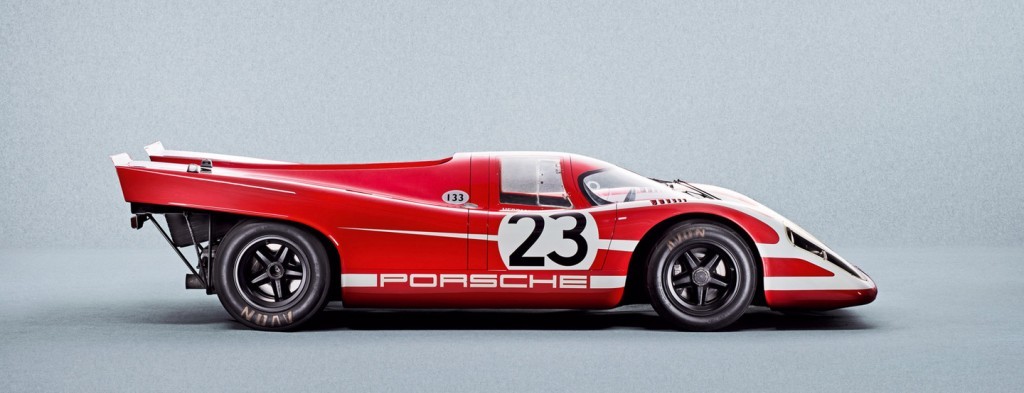
4. Ford GT40
Not only is the GT40 one of the greatest cars to ever race at Le Mans, it’s also has one of the greatest origin stories in automotive history. After a 1963 verbal agreement between Henry “The Deuce” Ford II and Enzo Ferrari to purchase the Italian sports car company fell through at the last moment, Ford was furious. The Deuce responded the best way he knew how: by pouring millions of dollars into a crash program to embarrass Ferrari’s cars on the track.
The result was the GT40, a car that accomplished everything it was built to do. Between 1966 and 1969, Fords dominated at Le Mans, winning every race, with a remarkable one-two-three finish in 1966. For the 50th anniversary of Ford’s historic 1966 victory, the Blue Oval will take its new Ford GT to Le Mans to see if it can live up to its spiritual successor.
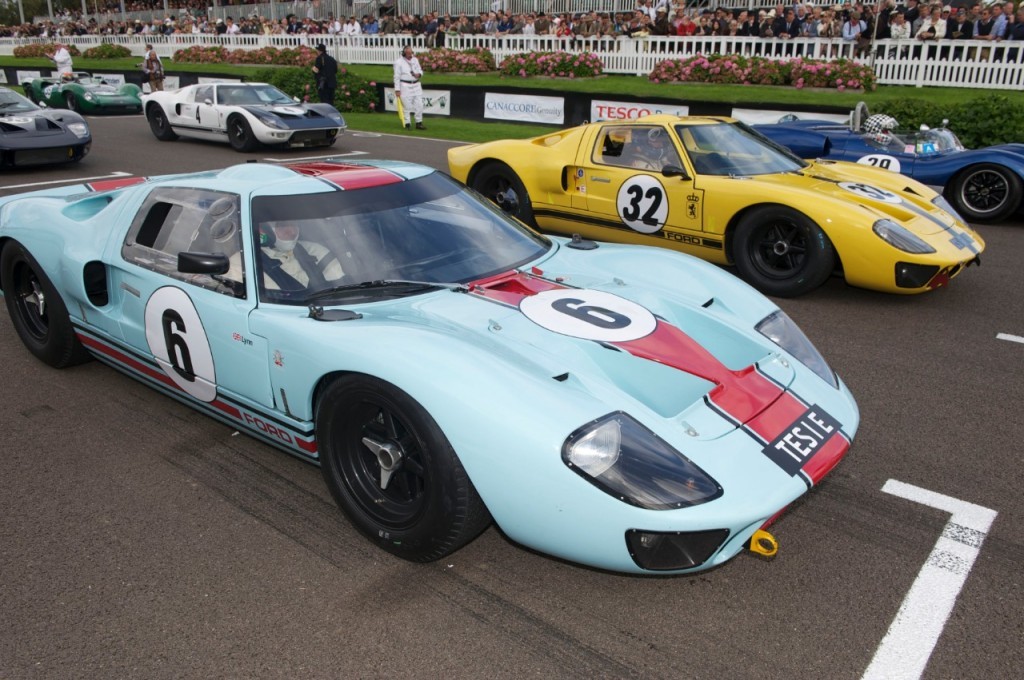
3. 1964 Ferrari 250 LM
At the time, Ford’s victories at Le Mans were made all the more impressive considering Ferrari’s stranglehold on the race. Winning every contest between 1960-1965, Ferraris entries were as breathtaking as they were formidable. The 250 LM (short for Le Mans) is arguably one of the most beautiful Ferraris ever made, with one also taking the checkered flag in 1965. In all, just 34 LMs were built, making them among the rarest production Ferraris in history. This particular car car never actually raced at Le Mans, but was still sold by RM Sotheby’s for a whopping $9,625,000 at this year’s Scottsdale Auction Week.
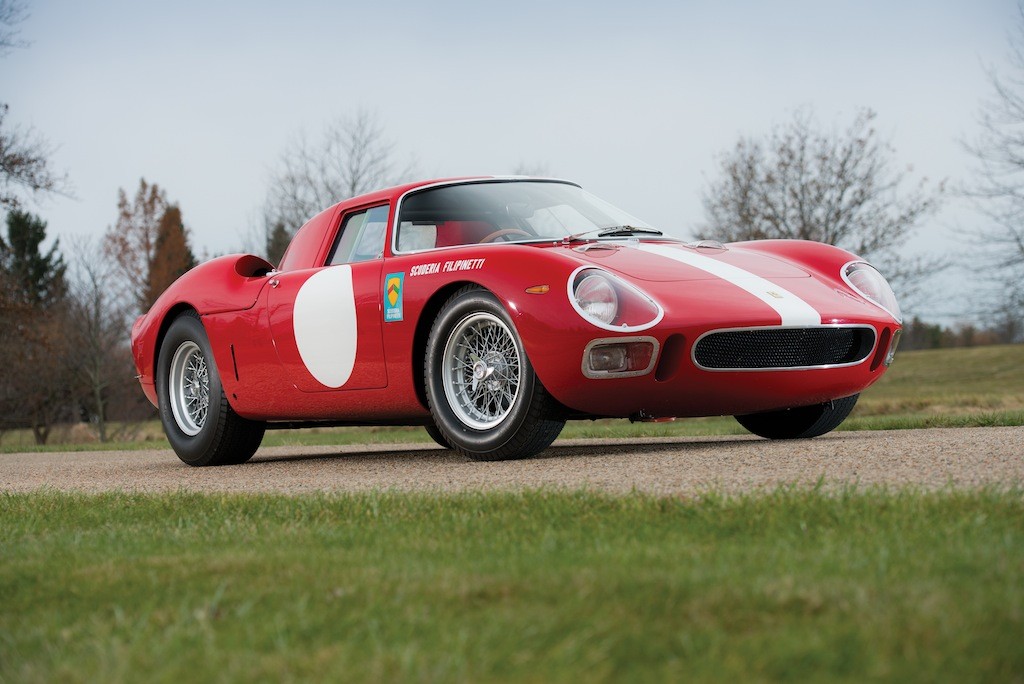
2. Jaguar D-Type
If Le Mans in the early ’60s belonged to Ferrari, than the ’50s belonged to Jaguar. Between 1951 and 1957, Jaguar took the checkered flag five times, a feat that hadn’t been since since Bentley dominated in the 1920s. Between 1955 and 1957, the beautiful D-Type was the star of the show, winning every year, and taking five of the top six spots in 1957. While the D-Type’s legacy is mainly on the track, Jaguar built 16 road-going versions and sold them as the XKSS, One of which famously made it into the hands of actor Steve McQueen. Knowing a good thing when they saw it, Jaguar took the aerodynamic lessons learned from the D-Type, refined it, and created the E-Type – arguably the most beautiful sports car of all-time.
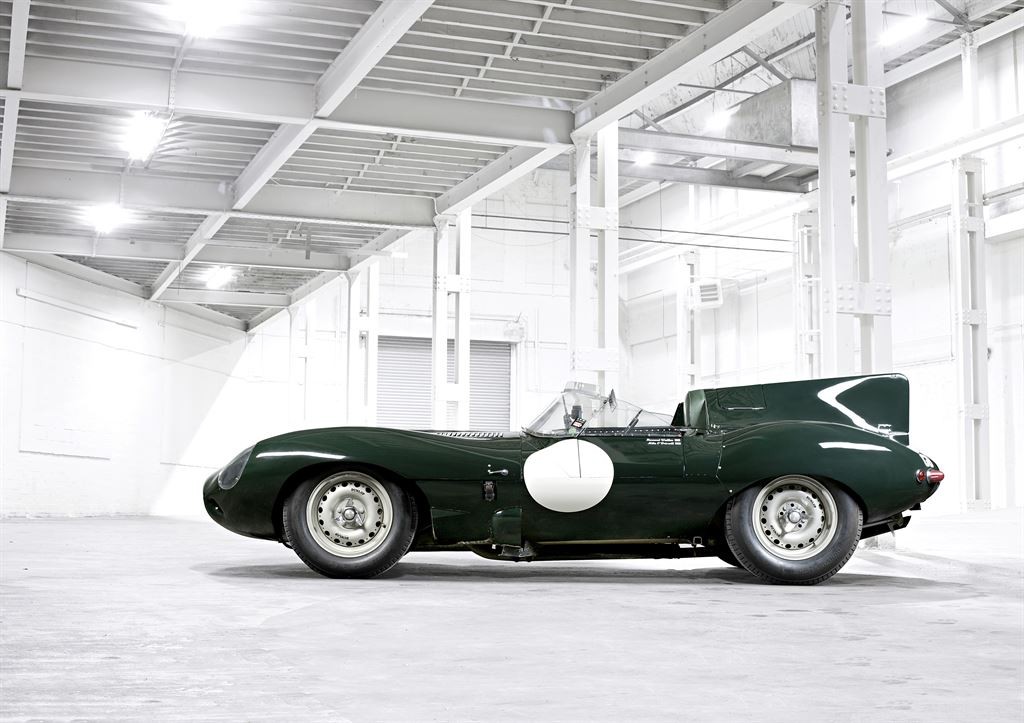
1. Bentley Speed Six
In the 1920s, few cars combined luxury with performance quite like Bentley. The British company dominated at Le Mans, raking up five victories between 1924 and 1930. Introduced in 1928 as a high performance version of its 6 1/2 Litre car, the Speed Six was one of the most powerful cars in the world. The new cars won at Le Mans in 1929 and 1930, but by then the company’s money woes had gotten the better of it, and it was absorbed by Rolls-Royce, who all but killed off the brand’s performance pedigree. It would take a divorce from Rolls and 73 years before Bentley would successfully return to the world of racing.
While these cars were all notable in their day, the next wave has always come to make the previous generation obsolete. Audi’s R18 e-tron quattro may be the top dog for now, but as cars like the Mazda 787B have proven, 24 hours is a long time to run a high performance car, and a lot can change within that period. Nissan’s new car seems like a strong candidate for an upset victory, but until the checkered flag waves on June 14th, the winner of this year’s race is anyone’s guess.
